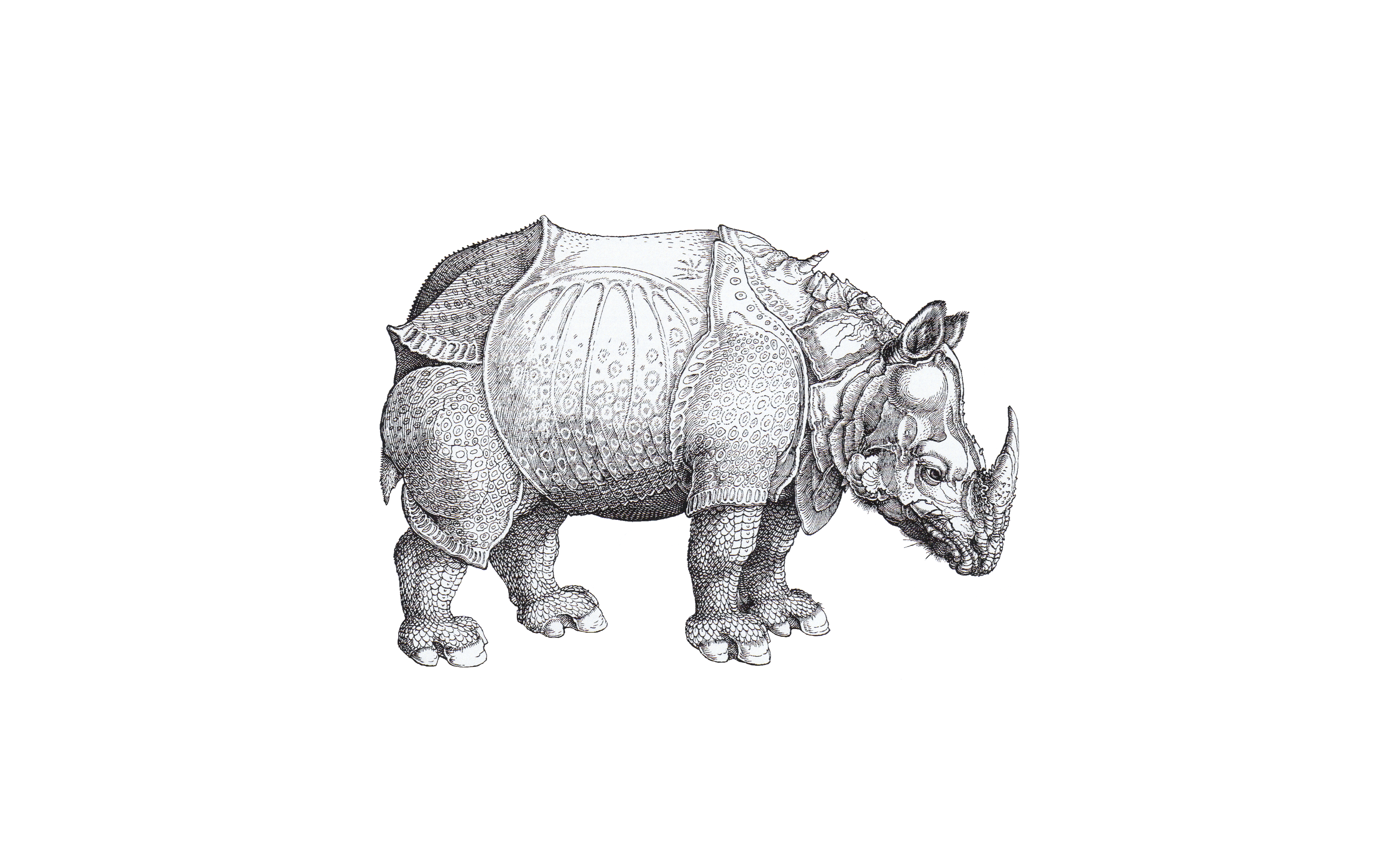MOSCOW. SEPTEMBER 10, 2022. PIR PRESS. The Security Index Occasional Paper Series came out with the new report “U.S. and Russian Low-Yield Nuclear Weapons: Threats to Global Strategic Stability” by Chase Joseph LeMay.
Low-yield weapons have recently taken a prevalent position in global nuclear weapons doctrine as global stability is hitting one of the lowest points thus far in the 21st century. Major global actors such as the United States and the Russian Federation have either directly or indirectly written low-yield nuclear weapons into their nuclear doctrine as they build defenses to new perceived threats.
The research goal is to identify whether low-yield weapons increase or decrease global strategic stability by considering the ramifications of their deployment on multiple levels of global stability.
Key findings:
- In the future, it is in the best interest to address the current security environment by any means first to improve the bilateral relationship between the U.S. and Russia. Low-yield nuclear weapons have become a centerpiece of U.S. and Russian nuclear doctrine, and the likelihood that either state would jeopardize those options in the current security environment is low.
- However, some steps that both states could take to improve their strategic relationship towards a degree where low-yield weapons could be addressed in the future include resuming strategic bilateral dialogue, increasing coordination and cooperation at the Review Conferences of the Non-Proliferation Treaty, and reaffirmation of the Reagan-Gorbachev principle in significant fora.
- While relying on traditional, strategic weapon deterrence for conflict prevention has already been heavily criticized, this shift towards reliance on low-yield deterrence has led to heightened regional security concerns, fears over failure of deterrence as a concept, and increased global tensions with intensifying risks of tipping delicate situations into high escalation risk scenarios.
- Action from the U.S. and Russia to begin work on decreasing the role these weapons play in their respective nuclear doctrines is a step which both states should take to prevent further deterioration of strategic stability in every aspect.
- The threat of low-yield nuclear weapons needs to be addressed, as their current effects on global strategic stability have proven that though they were designed to serve the strategic interests of the U.S. and Russia, the operationalization of low-yield options has instead produced a consistent deterioration of the security environment while threatening the upheaval of 80 years of deterrence.

